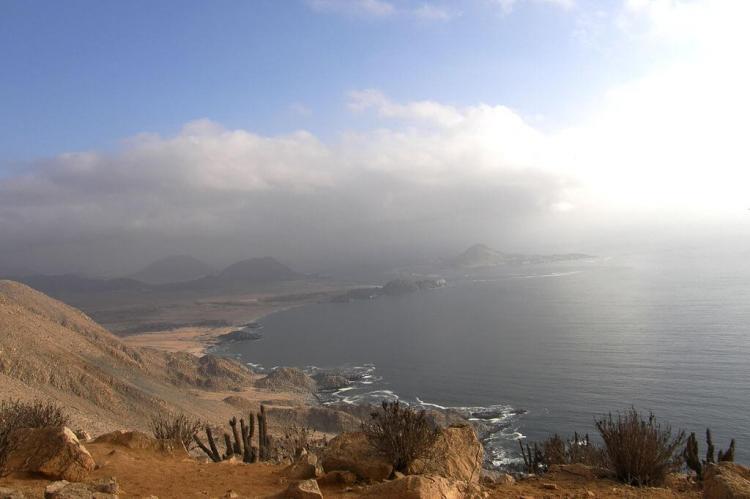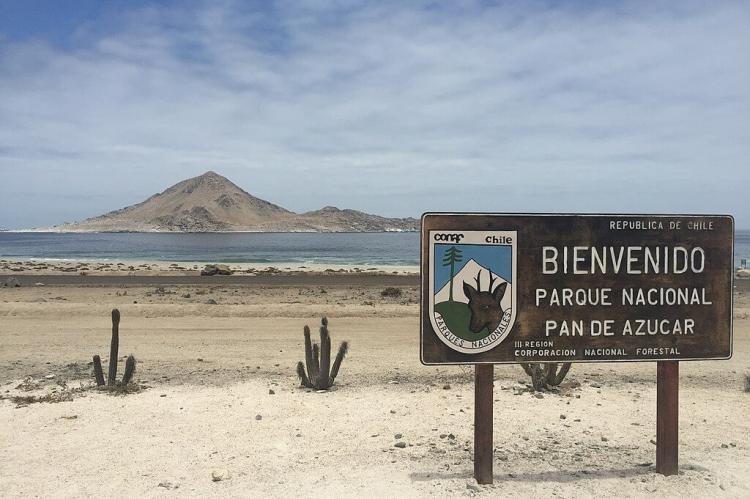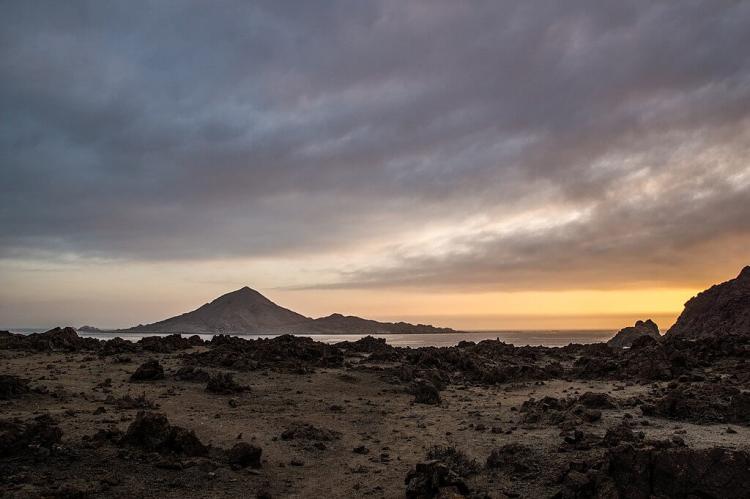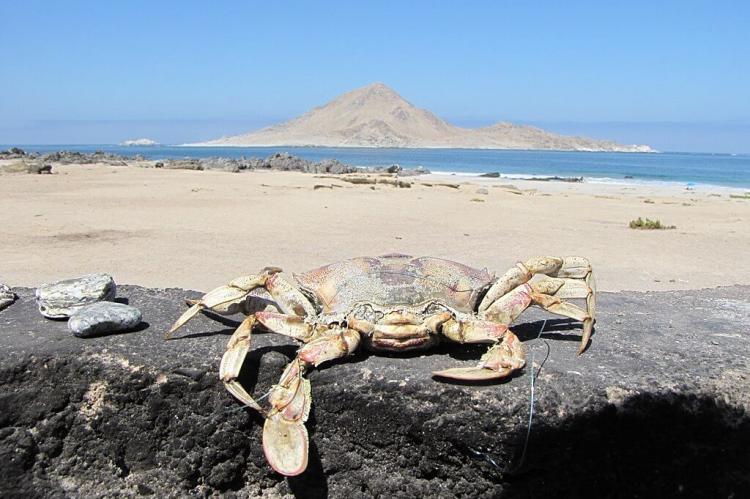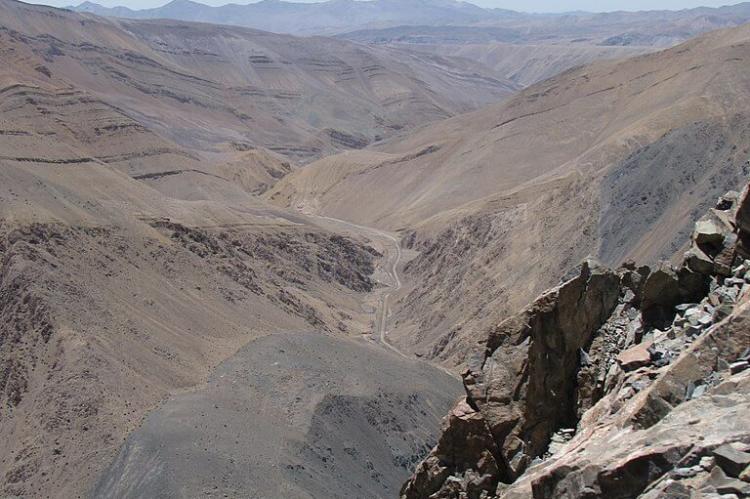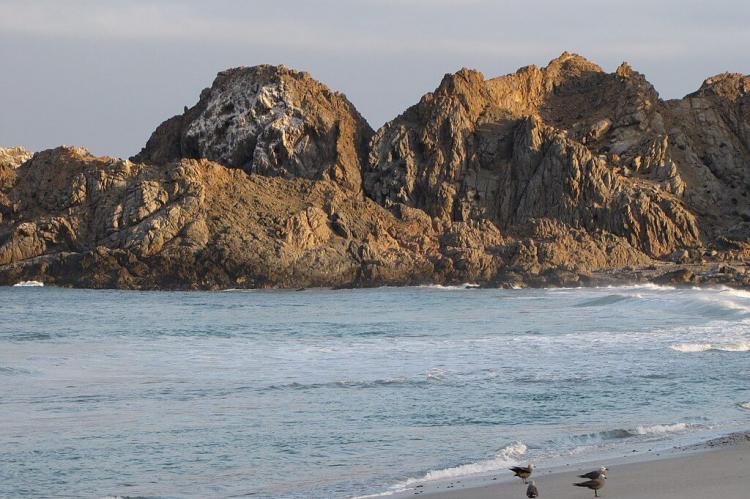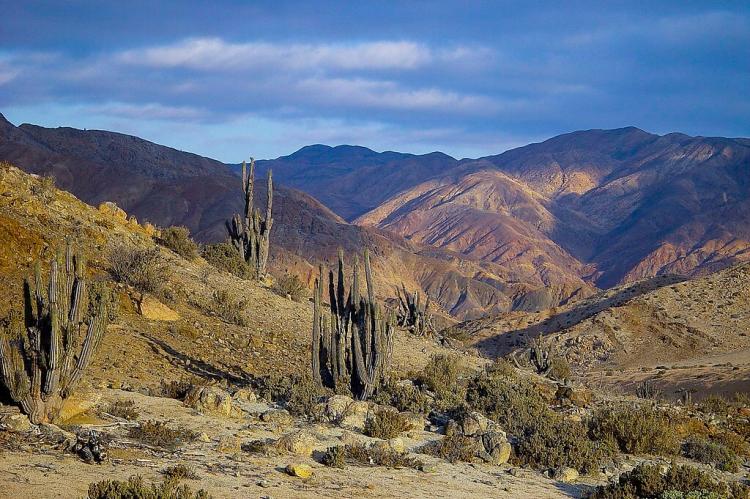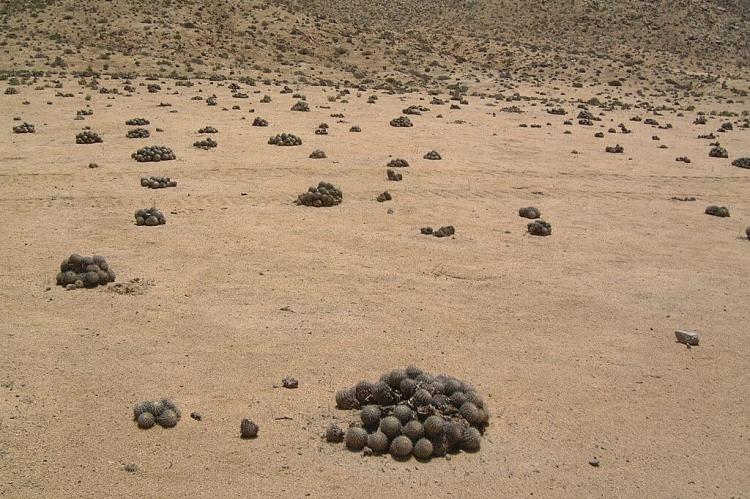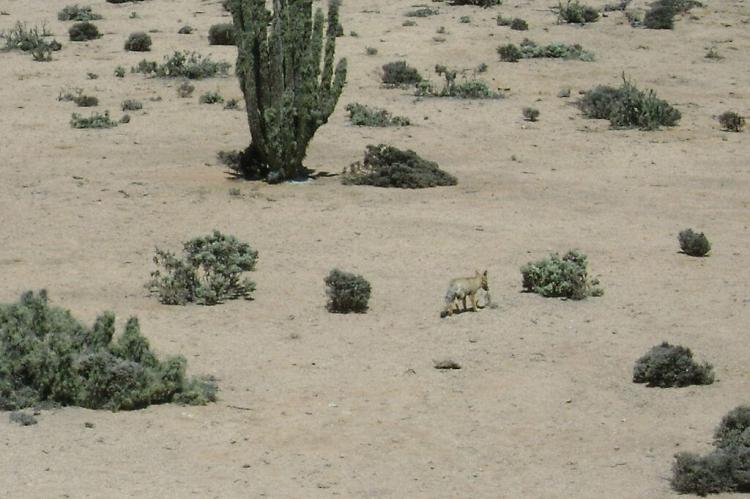Pan de Azúcar National Park (Chile)
Pan de Azúcar National Park is located along the northern coast of Chile. A famous Humboldt penguin breeding ground, it contains the coastal desert of Taltal and the steppe desert of the Sierra Vicuña Mackenna. In addition, the small fishing village of Caleta Pan de Azúcar is located within the Park.
Pan de Azúcar National Park
Pan de Azúcar National Park is located along the northern coast of Chile, straddling the Atacama Region's north border and the Antofagasta Region's southern border. Founded in 1985, it protects 43,754 ha (108,118 acres) of coastal and island desert terrain.
The coastal area is a famous Humboldt penguin breeding ground and hosts many birds, such as plovers and pelicans. Other mammals include the culpeo fox, chilla fox, and European hare. In addition, the shoreline area is home to marine mammals like the marine otter and the South American sea lion.
The interior region hosts rodent species, guanaco, culpeo fox, and some reptiles. Here also can be found bird species such as condors and kestrels.
Resting on a vast coastal plain, Pan de Azúcar National Park contains two main ecosystems: the coastal desert of Taltal and the steppe desert of the Sierra Vicuña Mackenna. The absence of rain is compensated by coastal mist, known locally as Camanchaca.
Plant species such as the chañar, cleome, and lechero thrive along the coast. Inland, the desert boasts more than twenty cactus species, mainly of the Copiapoa genus typical to the Atacama Desert.
Isla Pan de Azúcar
The island of Pan de Azúcar comprises the most significant rock formations off of the Park's coast, consisting of intensely metamorphosed sandstone and mudstone.
These islands are affected by the Humboldt Current, which, combined with their rocky crags, provide optimal nesting areas for Humboldt penguins.
Caleta Pan de Azúcar
The small fishing village of Caleta Pan de Azúcar is located within the Park, along the coast. The town used to be a shipping point for the copper that was mined approximately 60 km (37 mi) northeast of the village in the Carrizalillo mine. Divers can still explore parts of the wharf and the loading crane below the water.
Today, the town mainly caters to tourism and is the administrative center of the National Park and hosts the Park Ranger office, located in the Environmental Information Center. From the cove northward, a gravel road connects to the Pan-American Highway.
Pan de Azúcar National Park provides opportunities for camping, hiking and biking, with twenty-five camping sites, five rustic cabins, and numerous trails available. The three main camping areas are:
- Pan de Azúcar Lodge
- Caleta Pan de Azúcar
- Los Yekos
Aguada Quinchihue
The Aguada Quinchihue is a geological anomaly in the desert where the groundwater has risen to the surface, providing a watering hole used throughout history by those traveling through the desert.
While it often appears dry, seasonal groundwater fed by the snow of the Andes Mountains occasionally replenishes it.
Las Chilcas Geological Site
The Las Chilcas Geological Site is a group of volcanic conglomerates created from violent volcanic eruptions in the Triassic Era.
While the volcanoes are no longer there, the site is home to exposed rocks from volcanic deposits.
